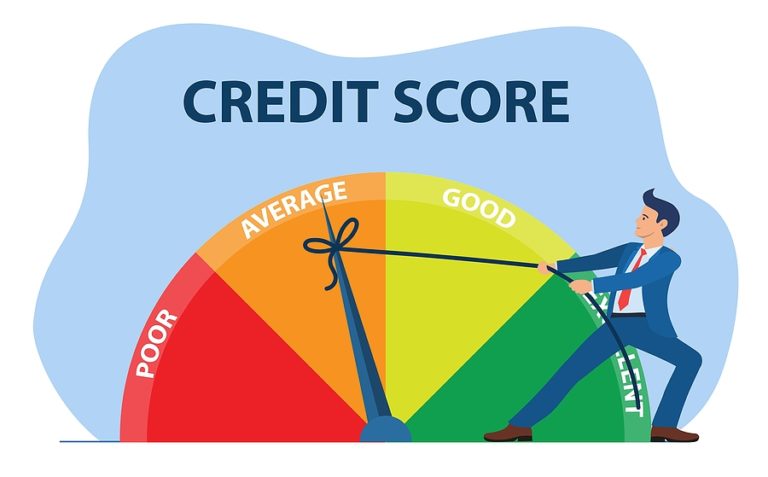
Unsecured loans, also known as a signature or good faith loan, are loans where the borrower is not obligated to pledge collateral. You can get them from numerous different lenders, whether they are government-backed, online, or traditional. The application process for this unsecured personal loan tends to be a lot less difficult than secured loans. The former tend to be a lot riskier for lenders than secure loans. To limit the risk, they tend to ask for a higher credit score to be able to qualify for this loan.
The different types of unsecured loans
There are many different types of unsecured loans that you can get:
Unsecured personal loans: Personal loans tend to be mostly unsecured, though some lenders offer secured personal loans instead. You can use these for all sorts of personal things, from home improvements to travel All you need to do is to check with your lender that your intended use of the loan is accepted before you apply for one.
Personal lines of credit: Line of credit loans allow you to access funds when you need them, specifically if you have expenses that will need to be paid for over a long time, such as home renovations. Whilst lenders may offer unsecured personal lines of credit, you may find that other lenders offer loans that are secured.
Unsecured credit cards- Credit cards give a certain amount of power with their spending, with monthly fees. Secured credit cards are common and available, though the majority of cards don't expect collateral.
Student loans- Government-backed student loans, as well as private student loans, are unsecured. However, you must know that government-backed lenders could possibly accelerate a loan and make it due immediately, as well as taking the borrower’s tax refund to pay outstanding loan balances.
Steps To Getting An Unsecured Loan
Keep an eye on your credit score- It is recommended that borrowers have a credit score between 610 and 640 as the minimum to apply for a personal loan. Make sure you use a service to check your credit score before you apply; there are many free ones online that you can use. This will allow you to see the likelihood of approval before you actually apply, as well as allowing you to improve your credit score before you submit the application.
Check your budget- Evaluating your expenses and income is the next step after reviewing your credit score. You won’t risk any collateral with an unsecured loan, but late payments still have a massive effect on your credit score, so you need to make sure these payments fit into your budget. Otherwise, when the time comes to apply for another loan, it could be a lot harder. Additionally, lenders tend to consider your debt-to-income ratio (abbreviated to DTI ratio) when looking at your loan application. This is the percentage of a borrower’s income that they need to put into outstanding payments each month. The ideal DTI to qualify for a new unsecured loan is 36% or less, though this can vary depending on your lender.
Look for Lenders- After everything to do with your finances is completed, shop around for lenders that offer flexible repayment terms as well as competitive APRs. Many lenders offer potential borrowers a prequalification process that is quick and easy, as well as online (which may be more convenient). This allows borrowers to see the loan types and APRs that they are likely to qualify for without even submitting an application.
Get the right documents and submit your application- If you have found a lender that offers everything you are looking for, then take a look at the application process. Sometimes, though it may not be necessary, documentation such as tax returns or W-2s can speed up the process of applying, approval, and funding. After that, you can submit it either online or in person, though it may depend on the lender you have chosen. A large number of lenders now offer applications that are completely online, in addition to same or next day funding, or quick approval times. You may need to discuss the loan with someone over the phone or in person, and the process of applying for an unsecured loan can vary depending on the lender.
Pros
-Borrowers aren’t required to own valuable assets like homes or vehicles to qualify
-Lenders are unable to directly take the collateral if a borrower defaults on an unsecured loan
-There are many purposes that you can use your unsecured loans for
Cons
-Missing payments and default will negatively impact your credit score
-Default could result in legal action as well as wage garnishments
-Lenders often want higher credit scores for unsecured loans than secured
Hopefully, you will now know how to apply for the best unsecured loan for you, and the risks that it can pose if not paid back.

Be the first to comment